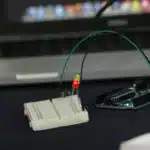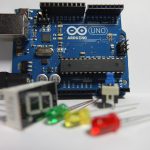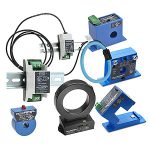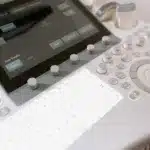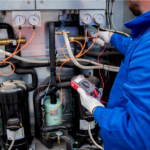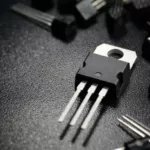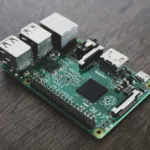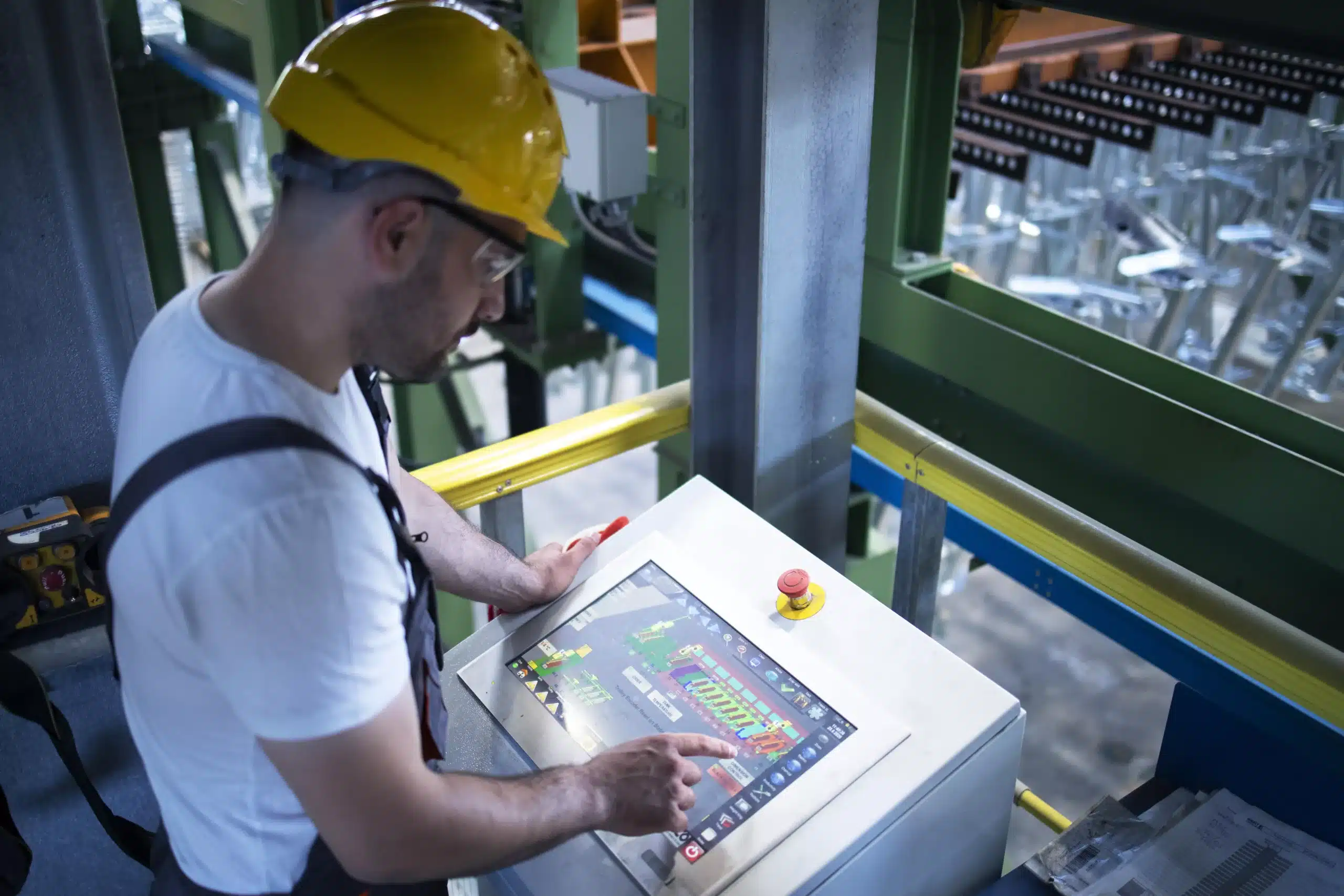
Introduction
Industrial automation has revolutionised manufacturing and production processes–significantly improving efficiency, accuracy, and productivity. One of the key technologies significant in this transformation is Programmable Logic Controllers (PLCs)–the backbone of industrial automation for decades. As industries evolve and grow more complex, new challenges emerge. Upgraded PLC technology is now at the forefront of innovation, offering solutions that enable enterprises to stay competitive and efficient. This article walks you through the most common industrial automation challenges and how the upgraded PLC technology can help resolve bespoke challenges.
Understanding Industrial Automation: Exploring the Set of Challenges
Industrial automation refers to using various control systems, machinery, and technology to automate processes and tasks in manufacturing and other industrial settings. Industrial automation aims to increase efficiency, productivity, and safety while reducing human intervention and errors. While industrial automation offers numerous benefits, it also comes with a set of challenges, including:
- High Initial Costs – Implementing automation can be expensive, involving the purchase of specialised equipment and significant integration costs.
- Technical Complexity – Designing, implementing, and maintaining automation systems requires a high level of technical expertise and specialised knowledge.
- Workforce Adaptation – Employees may resist automation due to fears of job displacement, requiring companies to invest in retraining and workforce development.
- Maintenance and Downtime – Automated systems require regular maintenance and unexpected breakdowns can lead to costly production downtime.
- Cybersecurity Threats – As industrial systems become more interconnected, they become vulnerable to cyberattacks. Protecting against these threats is a growing concern.
- Integration Challenges – Integrating new automation systems with existing equipment and infrastructure can be challenging and require costly modifications.
- Complex Decision-Making – Some processes involve complex decision-making, which is difficult to automate entirely and requires human intervention.
- Regulatory Compliance – Industries are subject to various regulations, and ensuring automation systems comply with these standards can be a complex and ongoing process.
- Scalability – Expanding or modifying automation systems as a business grows can be complex and may require significant adjustments.
- Ethical Considerations – The increasing use of automation and artificial intelligence raises ethical questions about job displacement, privacy, and the impact on society.
A Brief Introduction to Upgraded PLC Technology
A programmable logic controller is a specialised computer in industrial automation and control systems that monitor and control vital machinery and processes. PLC technology, including innovative PLC programming software, has evolved significantly over the years to become more powerful, versatile, and capable of handling complex automation tasks. These advancements include enhanced processing power, improved communication capabilities, integration with IoT, enhanced safety features, and much more. As a result, PLC hardware and software technologies are now more versatile, efficient, and secure.
The Role of Upgraded PLC Technology in Resolving Industrial Automation Challenges
Upgraded PLC technology is significant in resolving various challenges in industrial automation. PLCs have been a cornerstone of industrial automation for decades, and as technology advances, their capabilities have also evolved. Let’s explore how upgraded PLC technology helps address industrial automation challenges:
Increased Processing Power and Speed
Modern PLCs come equipped with more powerful processors and faster execution times to handle complex control algorithms and respond to events in real-time. It is crucial for industries with high-speed production processes, such as automotive or semiconductor manufacturing.
Advanced Diagnostics and Troubleshooting
PLCs with advanced diagnostic capabilities can identify issues and faults more accurately and quickly. They can provide detailed error logs, reducing downtime and aiding in troubleshooting efforts.
Redundancy and Reliability
Redundancy features in modern PLCs ensure system reliability. Dual PLC setups can take over during a failure, minimising production disruptions. This is critical in industries with strict uptime requirements, such as power generation or chemical manufacturing.
Security Enhancements in PLC Technology
Industrial networks are vulnerable to cyberattacks. Upgraded PLCs incorporate robust security features to protect against unauthorised access and data breaches.
Scalability in PLC Technology
PLC systems can now be easily scaled to accommodate changes in production demands. Users can add or remove PLC modules or expand the system’s capabilities as needed without significant downtime or cost.
Compatibility with Legacy Systems
Many industries still rely on legacy equipment. Modern PLCs are designed to work seamlessly with older devices and protocols, ensuring a smooth transition to upgraded automation systems.
Energy Efficiency in PLC Technology
PLCs can be programmed to optimise energy usage in industrial processes. They can control motors, pumps, and other devices more efficiently, reducing energy consumption and costs.
Data Analytics and Predictive Maintenance
Upgraded PLCs support data collection and analytics, allowing the implementation of predictive maintenance strategies. By analysing operational data, these systems can predict when equipment is likely to fail, minimising unexpected downtime.
Flexibility and Adaptability
PLCs with enhanced programming capabilities and support for various programming languages make it easier to adapt automation systems to changing requirements and processes.
Remote Monitoring and Control
With internet connectivity and secure access controls, operators can monitor and control PLCs remotely, improving operational efficiency and minimising the need for on-site personnel.
Compliance and Reporting
Upgraded PLCs can generate detailed reports and logs for compliance with industry standards and regulations – enabling companies to demonstrate adherence to quality and safety standards.
Conclusion
With advancements in industrial automation, upgraded PLC technology is at the forefront of addressing the challenges faced by modern industries. From scalability and flexibility to cybersecurity and energy efficiency, PLCs have come a long way in providing innovative solutions for today’s industrial needs. By embracing these advancements, industries can enhance their productivity and profitability and stay competitive in an ever-changing global market–shaping the future of manufacturing and production.






